When it comes to reproductive health, members of our transgender community face unique challenges and considerations. One important aspect of this is birth control. Understanding the different types of birth control available, how pregnancy can occur, why testosterone is not an effective birth control method, and best practices for pregnancy prevention are all crucial for transgender individuals to navigate their reproductive health. At Plume, we can prescribe a variety of contraception methods and help you sort through your options, answering any questions you may have along the way. In this guide, we will explore these topics in detail to provide valuable information for our community.
CONTENT WARNING: We wanted to let you know ahead of time that we make several references to reproductive body parts and processes below. For some folks, this can trigger dysphoria, so just FYI before you continue reading.
Table of Contents
Understanding how pregnancy happens
To grasp how pregnancy occurs, it’s essential to comprehend the basics of the reproductive process. Pregnancy begins with ovulation, a phase in the menstrual cycle when the ovaries release an egg. This egg then travels down the fallopian tube, where it can meet sperm if timing aligns. Sperm, the male reproductive cell, can fertilize the egg, merging to form what will eventually develop into a fetus. After fertilization, the egg continues its journey to the uterus, where it implants into the uterine lining, starting the growth process of a new life.
For pregnancy to happen, several conditions must align: ovulation must occur, sperm must reach and fertilize the egg, and the fertilized egg must successfully implant in the uterus. It’s a complex sequence of events, highlighting why understanding and using birth control effectively is crucial for those who wish to prevent pregnancy. Each method of contraception works in its way to interrupt this process, ensuring that either the egg and sperm do not meet, or by preventing the egg from implanting in the uterus. Understanding this process is the foundation for making informed choices about birth control and reproductive health.
Exploring types of birth control available
Navigating through the world of birth control options can feel overwhelming and filled with cis-normative language. That is why we are here to guide you through it and support you with needs and questions specific to the trans community. Let’s look at some birth control methods to find what might work best for you.
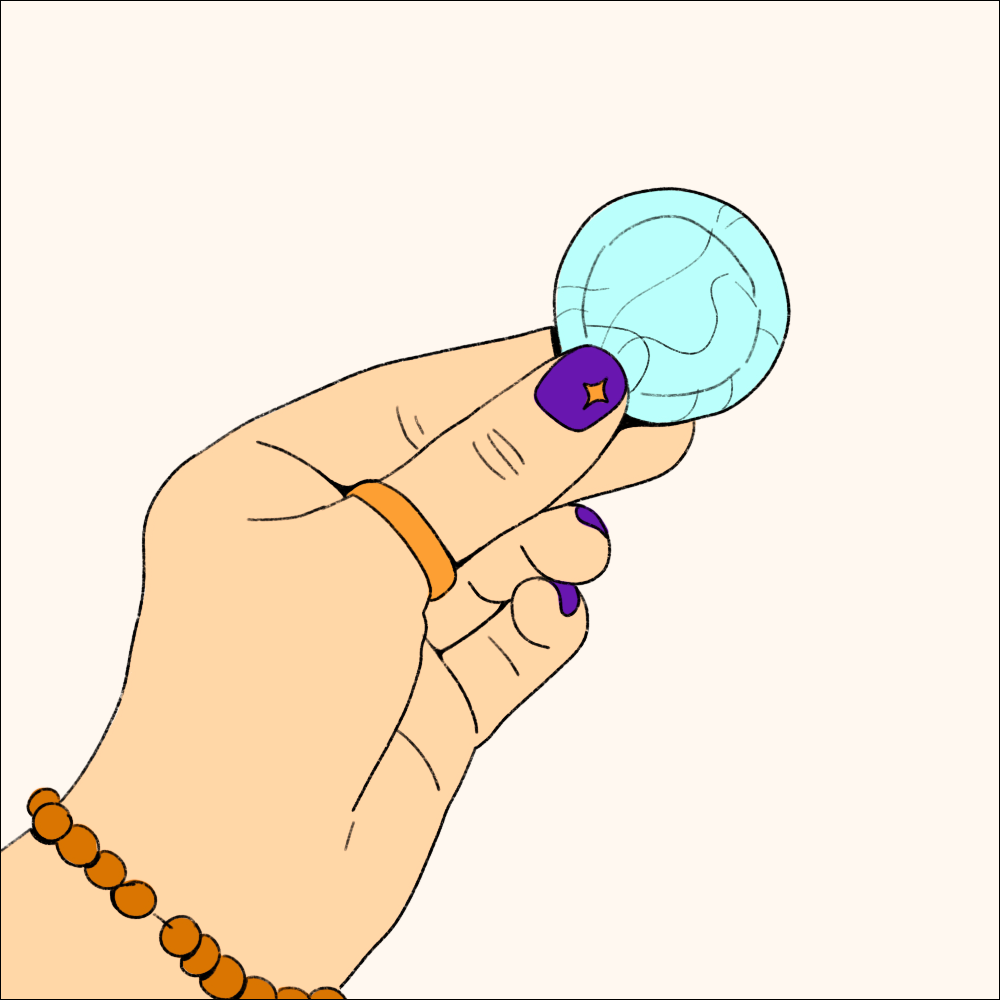
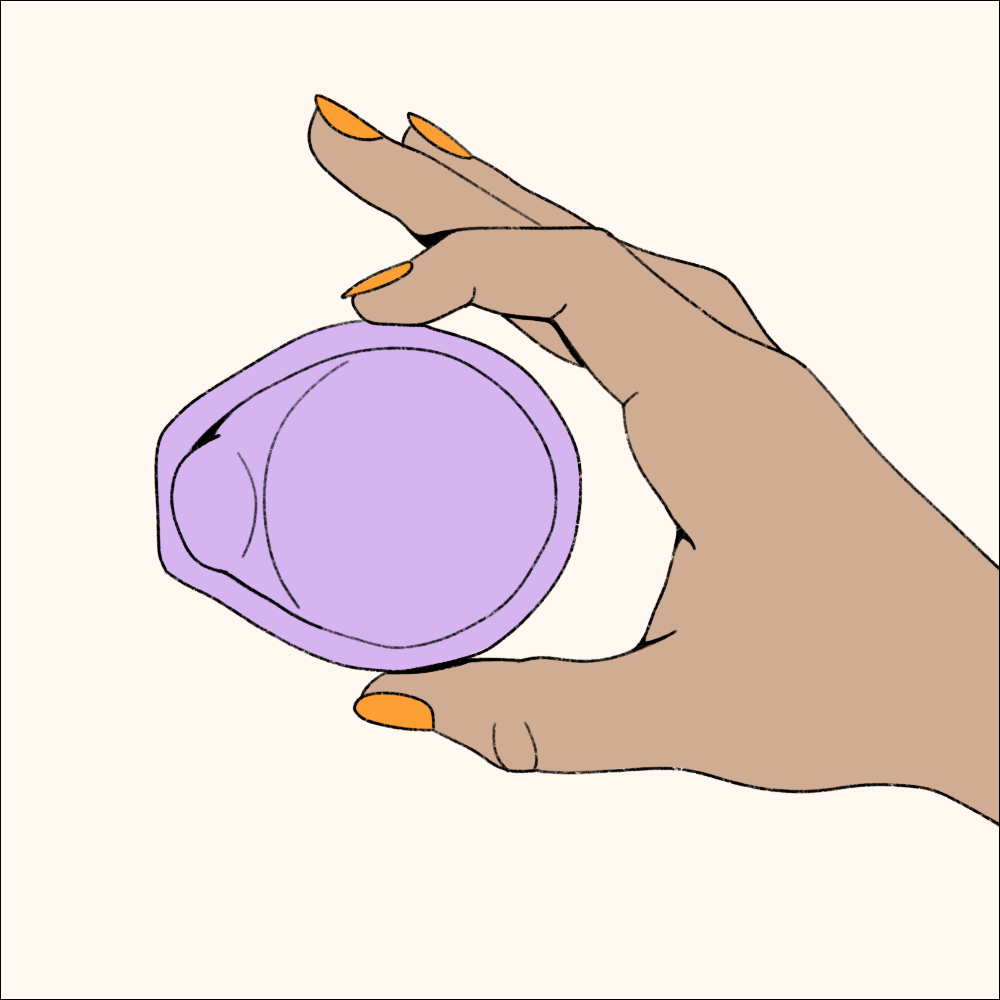

First up, we have barrier methods. These include condoms (external and internal types) and diaphragms. Condoms are great because they’re easy to use, help prevent sexually transmitted infections (STIs), and don’t require a prescription.
Diaphragms, which are placed inside the vagina to cover the cervix and block sperm, need to be used with spermicide (a substance that kills sperm) and require fitting in person by a healthcare provider.
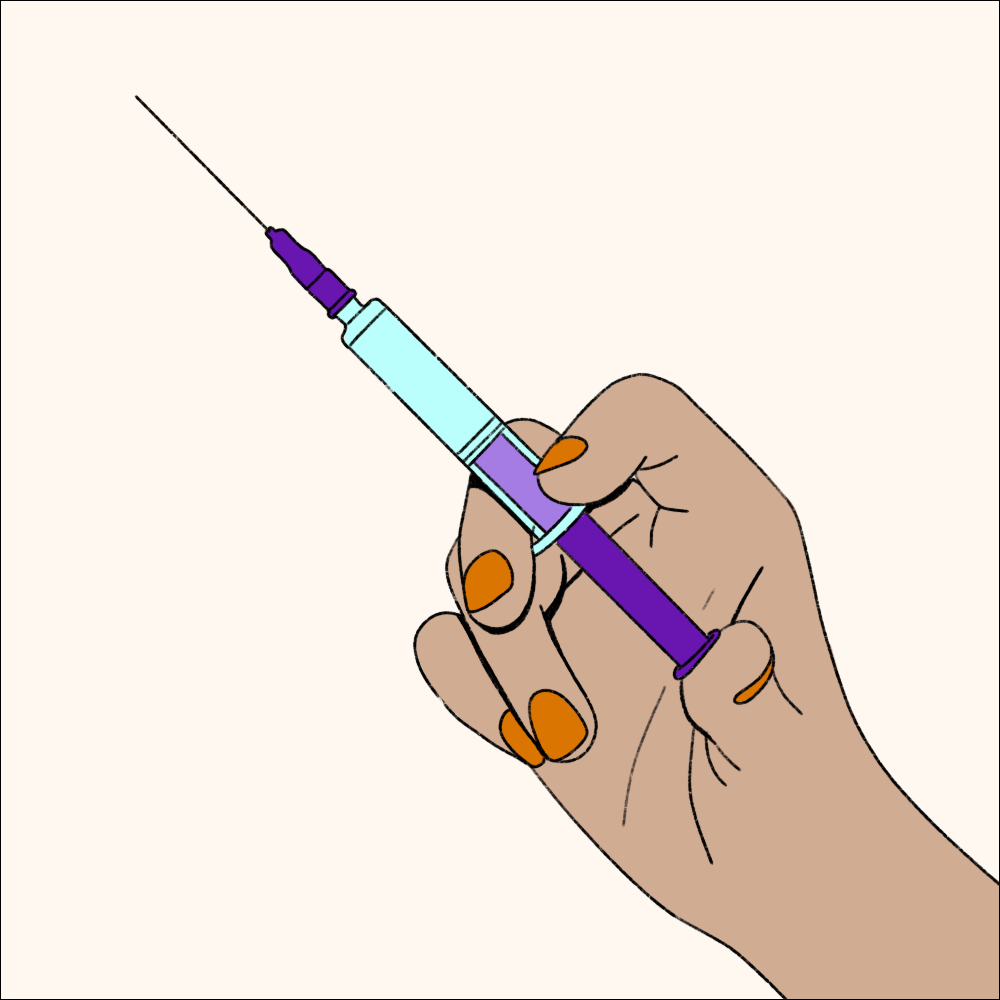

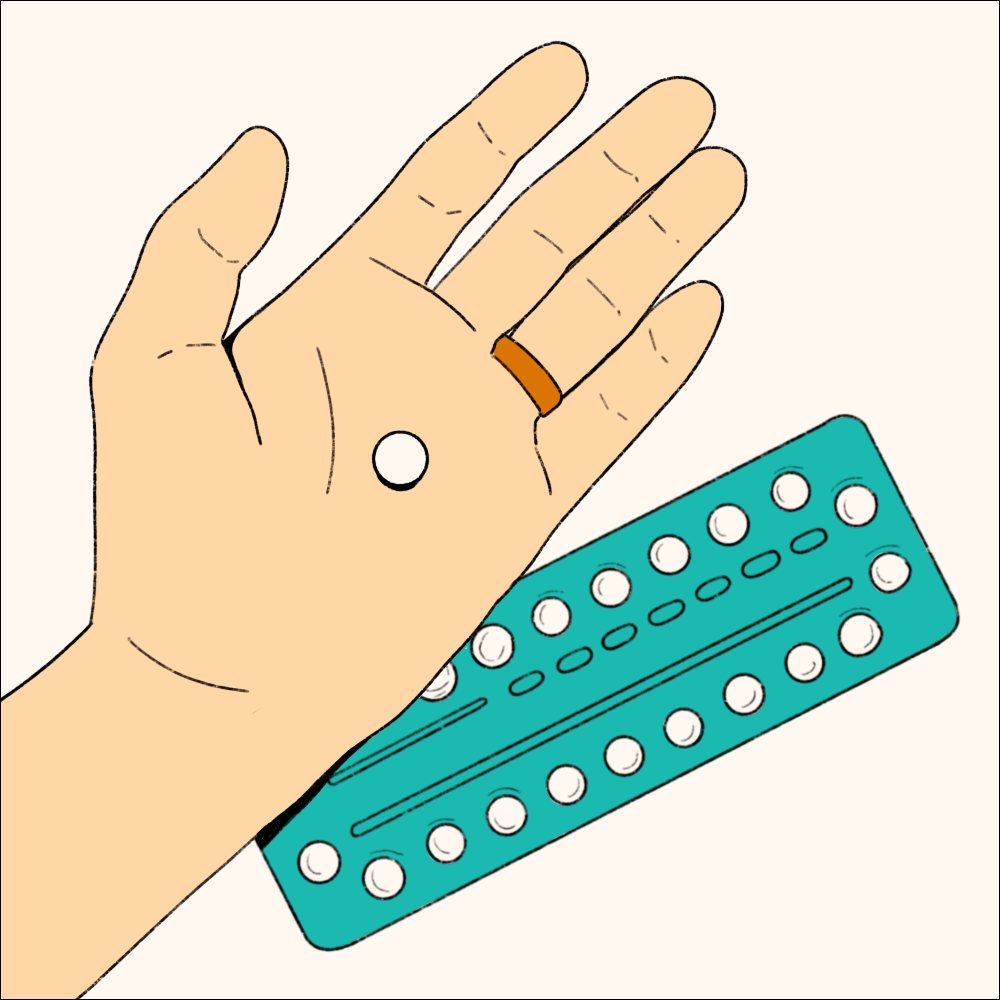




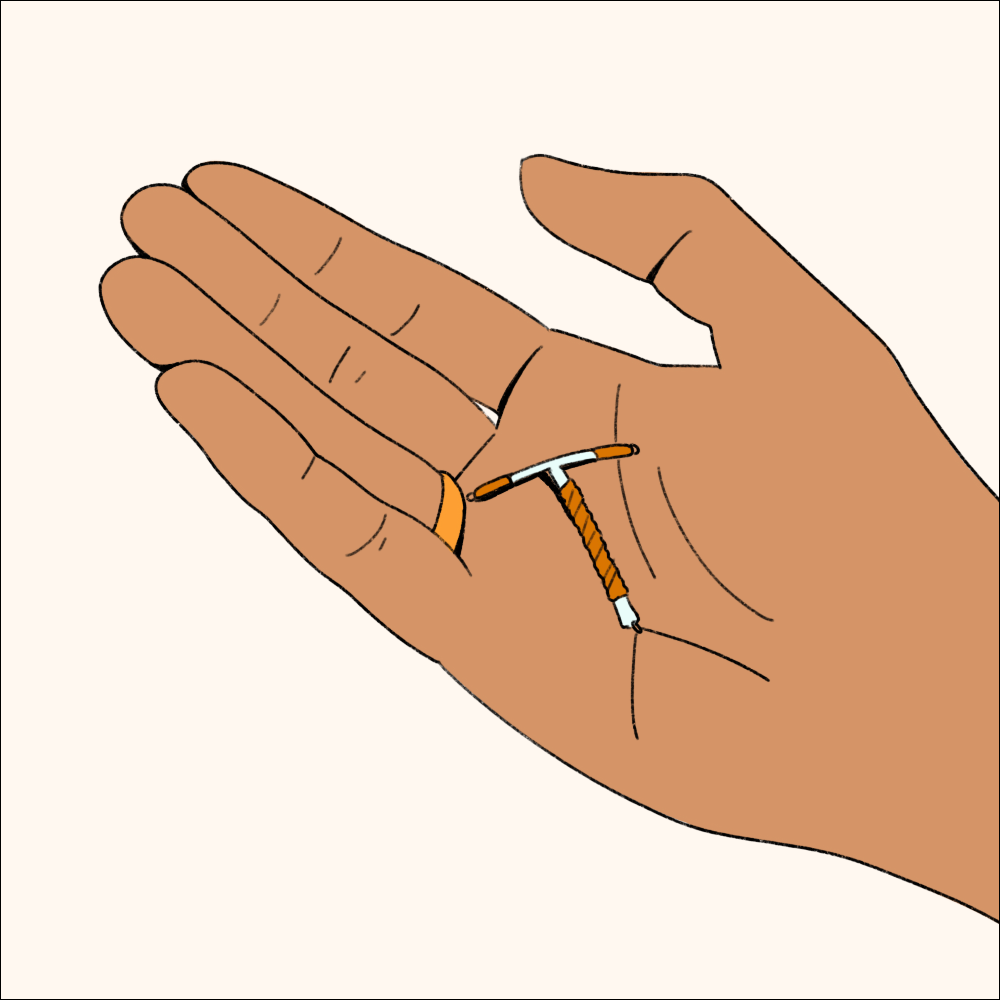
Next, let’s talk about hormonal birth control. This category includes the pill, patch, vaginal ring, injection, and implants. These methods release hormones into your body to prevent ovulation (when the ovaries release an egg). No egg means no chance for fertilization by sperm. The effectiveness of these methods can be really high, but it’s crucial to use them exactly as directed.
Pills that can be used alongside testosterone for GAHT
- Ethinyl estradiol and progestin (such as Yaz, Yasmin, and Loestrin)
- Progestin only (such as Camila, Heather, and Slynd)
- Continuous use estrogen/progestin (such as Seasonale and Seasonique)
Patches that can be used alongside testosterone for GAHT
- Norelgestromin/ethinyl estradiol (such as Xulane/Zafemy)
- Levonorgestrel/ethinyl estradiol (such as Twirla)
Vaginal ring examples that can be used alongside testosterone for GAHT
- Etonogestrel/ethinyl estradiol (such as Nuvaring, EluRing)
- Segesterone acetate/ethinyl estradiol (such as Annovera)
Injections that can be used alongside testosterone for GAHT
- Medroxyprogesterone acetate (such as Depo-Provera)
Implants that can be used alongside testosterone for GAHT
- Etonogestrel (such as Nexplanon, Implanon)
Then there are intrauterine devices (IUDs), which are inserted into the uterus by a healthcare provider. IUDs can be hormonal or non-hormonal (copper) and are super effective at preventing pregnancy. They work for several years once in place but can be removed if you decide you want to try getting pregnant.
Examples of IUDs that can be used alongside testosterone for GAHT are: levonorgestrel IUDs such as Kyleena, Mirena, Liletta.
Lastly, emergency contraception (like the morning-after pill) is available if you’ve had unprotected sex or if your primary birth control method failed. It’s most effective when used as soon as possible after the incident.
Emergency contraception options (not yet provided at Plume) that can be used alongside testosterone for GAHT are:
- Ulipristal (Ella)
- Levonorgestrel (Plan B)
For transgender individuals considering birth control, it’s vital to have a chat with a healthcare provider who understands your specific situation. They can help you weigh the pros and cons of each method, considering factors like hormone therapy you may be undergoing and how each birth control option could affect you. Remember, the best choice is one that fits your lifestyle, meets your health needs, and aligns with your reproductive goals.
Why testosterone is not a reliable birth control method
Many people think that taking testosterone might also work like birth control to prevent pregnancy. But, it’s not that simple. While testosterone does change your body in many ways, it doesn’t work like a magic shield against pregnancy.
Here’s why: Testosterone can interfere with your menstrual cycle, which is the monthly process that prepares your body for pregnancy. Some people might not get their period anymore, or it becomes really unpredictable. This might make it seem like you can’t get pregnant, but that’s not a sure thing. Even if periods stop or become less frequent, there’s still a chance that your body could release an egg, and if that egg meets a sperm, pregnancy could happen. Just because it’s harder to see how it could happen, it doesn’t mean it’s impossible.
So, even if you are taking testosterone, it’s important to use another type of birth control, too, such as the methods outlined above. This way, you have a better game plan to prevent pregnancy if that’s what you choose.
Best practices for pregnancy prevention in the transgender community
For pregnancy prevention, pick a birth control method that works best for you. This could be something like using condoms, birth control pills, an IUD, or an implant. Choosing the right method that works for you means you are more likely to use it the right way every time. Last but not least, talk openly with your healthcare provider about what you need. Keeping the conversation going means you can make the best decisions for your health and your future.




